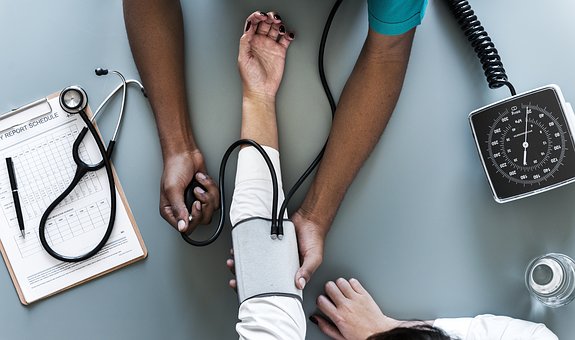In endeavoring to give you a real flavor of how important patient safety is to all of us, we have more comments today from our team. Patient safety is important to all of us and we wish we could highlight the all of important work everyone in our Division is doing to provide the best possible care while still preventing harm.
Adrienne Sy, RN, BSN; Quality Lead for CLABSI & CAUTI reduction starts us off today:

Patient safety means protecting someone’s loved one from harm. My grandmother passed away after a fall two weeks before I took the NCLEX, and my mother-in-law passed away after a bloodstream infection three months after I got to marry her eldest son.
Two things that I am very excited to help run/coordinate are the CAUTI and CLABSI Roundups. It gives me a chance to work with the nursing units, and I believe that these have been very helpful in identifying what is done well and what our areas of opportunity are.
Michelle Schwedhelm, RN adds a great global view of safety at Nebraska Medicine/UNMC:

Patient Safety is creating a safe zone and processes for patients seeking care at Nebraska Medicine.
One project is doing Fire and Severe Weather Drills with our staff to assure they know how to evacuate and how to mitigate danger for our patients. Another is our new Daily Shout Out meeting where we identify safety issues for patients and staff and encourage prompt resolution. Visibility is at the highest levels of the organization.
Dr. Kelly Cawcutt on preventing harm in the ICU:

Dr. Kelly Cawcutt, Associate Director of Infection Control and Epidemiology
Patient safety is about always providing the best patient-centered care while preventing harm, for all patients. I work in the ICU also, and there we are providing care to the sickest patients in the hospital and often have to use invasive procedures and devices for life support measures. Providing excellent clinical care is one component of patient safety, but through working in Infection Control, I can also focus on preventing harm are a larger scale from how we prevent the spread of infections in the hospital to which types of devices we use in the ICU.
Some examples of projects I have worked on are developing a vascular access algorithm to ensure we use the right device at the right time for our patients – whether that is a peripheral IV, midline, central venous catheter or another type of device. I also am working on how to address and prevent ventilator-associated events, including pneumonia, for our patients who require mechanical ventilation in the ICU. These projects reduce harm, prevent adverse events and in the end, I believe this work helps save lives.
To me, patient safety is about imagining yourself as each patient or family member being cared for in the hospital, and asking “is the care I’m delivering what I would want for myself or my family?”, and if the answer to that is “no”, personally seeking ways to improve that care for our patients.

Dr. Jasmine Riviere Marcelin is the Associate Medical Director, Nebraska Medicine Antimicrobial Stewardship Program
Much of my work in Antimicrobial Stewardship is focused on reduction of antibiotic use, primarily with a patient safety mission. Antibiotics are the only drugs where an individual prescriber’s use can affect patients s/he never even cared for. For example, when patients are prescribed antibiotics for viral illnesses which do not require them, this may lead to development of bacteria resistant to antibiotics. When a patient in that community then develops a serious bacterial infection with this resistant organism, they may face grave complications from the actual bacteria or from use of alternative antibiotics with serious adverse effects or toxicities. Collaborating with the Nebraska Antimicrobial Stewardship Assessment and Promotion Program (ASAP) and Nebraska Health Network (NHN), I created several educational materials for outpatient prescribers on appropriate use of antibiotics in upper respiratory illnesses.
Additionally, skin/soft tissue infections are another area where antibiotics are overused, and I personally have seen patients develop kidney failure from combination treatment with vancomycin and piperacillin-tazobactam for cellulitis when only cefazolin was indicated. I am currently working on updating our institutional skin/soft tissue infection guidance document which will help antibiotic prescribers make the right treatment choices for specific skin/soft tissue infections. These are just two of the many projects our Antimicrobial Stewardship Team are working on to decrease antibiotic overuse and misuse, keeping patients safe by reducing adverse effects, drug toxicities and antibiotic resistance.
